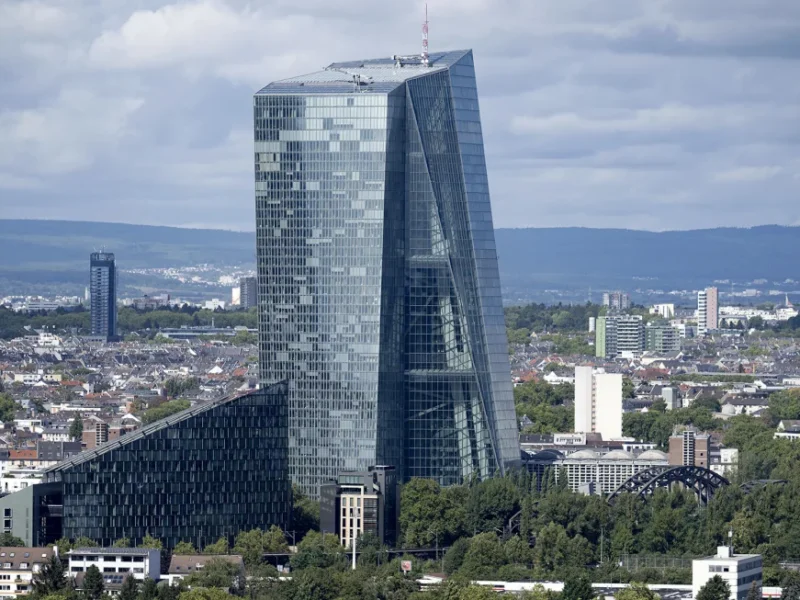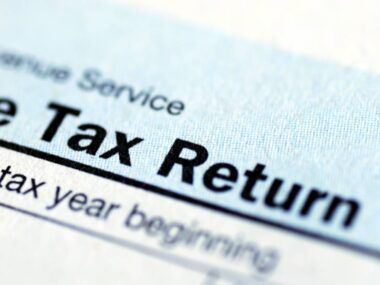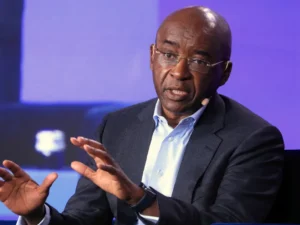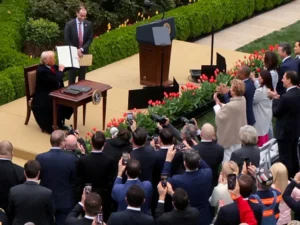The European Central Bank (ECB) reduced interest rates on Thursday, marking the second rate cut in recent months as inflation slows and Europe’s economic recovery falters.
The decision, which was unanimously approved by the ECB’s 26 members, lowered the benchmark rate in the 20 eurozone countries to 3.5%, down from 3.75%.
This is the ECB’s second rate cut since June, the first in five years, after maintaining the rate unchanged in July. Inflation has continued to decrease, reaching 2.2% in August — the lowest in three years and close to the ECB’s target of 2%. Additionally, wage growth, a key concern for ECB officials, slowed in the second quarter.
The ECB stated that recent inflation data aligned with expectations and maintained its inflation forecast for 2024 at 2.5%, as projected in June. However, the growth outlook for the eurozone was slightly revised down from 0.9% to 0.8%.
“Financing conditions remain tight, and economic activity is subdued, reflecting weak private consumption and investment,” the ECB noted.
Concerns about the eurozone’s economic health have resurfaced after narrowly avoiding a recession last year. Although growth resumed, it slowed in the second quarter of 2024. Notably, Germany, the largest economy in the eurozone, experienced a contraction during that period. While there was a boost in the services sector, driven partly by the Olympic and Paralympic Games in Paris, this increase may be short-lived. A recent survey by S&P Global and Hamburg Commercial Bank indicated “economic fragility across the euro area,” with declining new orders, employment, and business confidence.
KPMG’s chief economist, Yael Selfin, wrote on Thursday that “growth in the eurozone has underperformed expectations, with activity likely to weaken in the second half of the year.”
Former ECB chief Mario Draghi warned earlier this week that slowing economic growth and productivity pose an “existential challenge” to Europe. He also cautioned that Europe is lagging behind the United States and China in innovation, particularly in advanced technologies. Draghi argued that to make the EU’s economy more competitive, investment needs to increase by approximately €750 billion-€800 billion ($826 billion-$882 billion) annually.
He noted, “Achieving this would require the EU’s investment share to rise from about 22% of GDP today to around 27%, reversing a multi-decade decline across most large EU economies.”
ECB President Christine Lagarde praised Draghi’s report on Thursday, calling it “a formidable report” that provides a “severe but accurate” diagnosis. She highlighted that the report calls for “many important structural reforms.”
Most traders do not expect another rate cut at the ECB’s next meeting on October 17. Lagarde stressed that the central bank will remain “data-dependent,” making decisions “meeting by meeting” regarding future interest rates.











